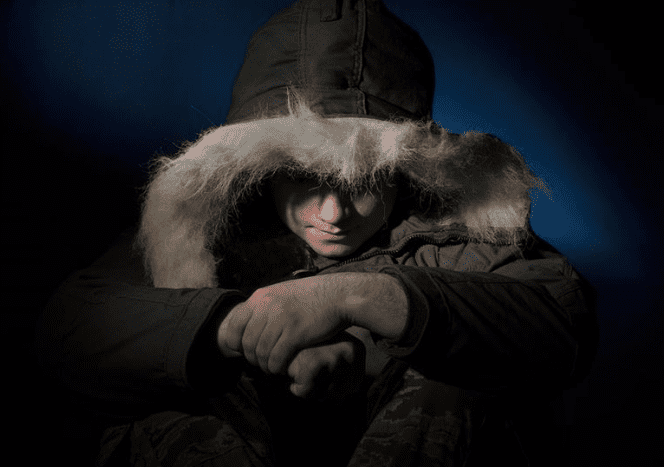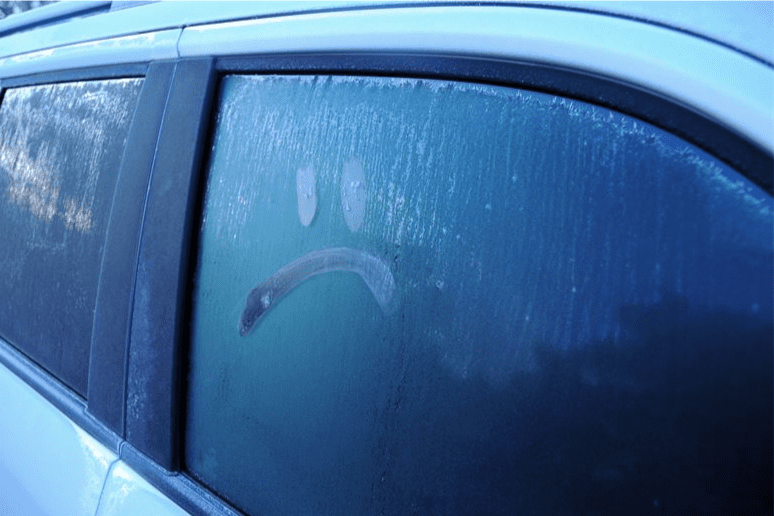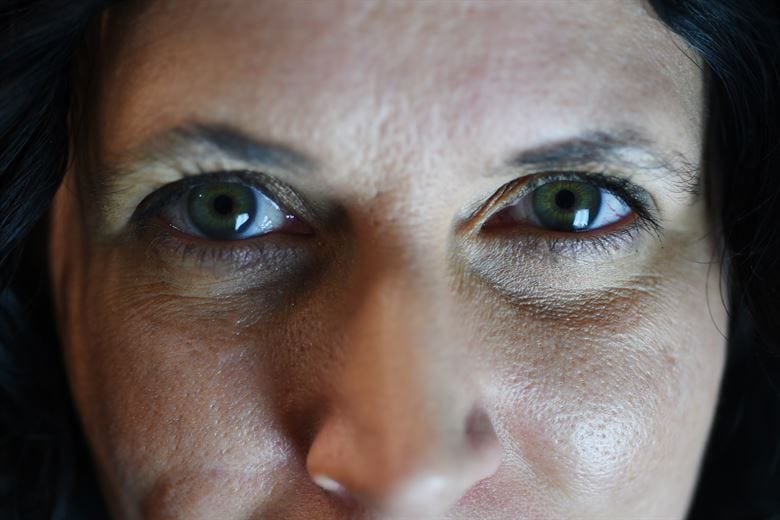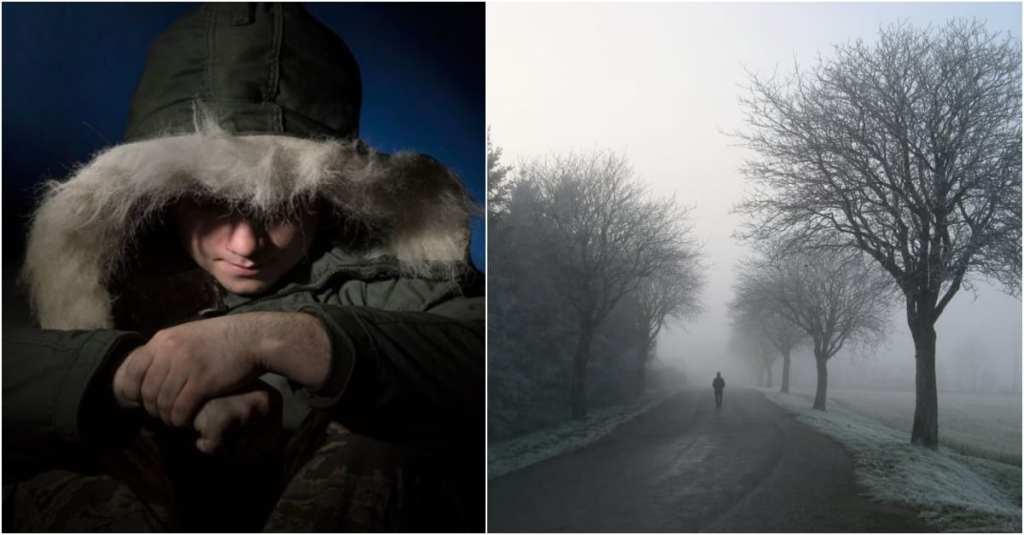Trending Now
For a lot of us, the winter months are a long slog of seemingly endless days of gray skies and gloomy weather.
And some parts of the country get it much worse than others. Basically, unless you live in a few regions of the U.S., you’re gonna have a long winter.
With this time of year comes Seasonal Affective Disorder (SAD), which is believed to affect 6% of the American population. SAD brings on crippling depression and a major lack of energy for those who suffer from it.
Here are 5 important facts about SAD that you should know about.
1. The cause of SAD is still undetermined

Photo Credit: US Air Force
The exact cause of SAD remains a mystery, but scientists favor one hypothesis, known as phase shift. In this theory, later sunrises and earlier sunsets cause some peoples’ circadian rhythms to get out of whack, affecting sleep cycles.
Another possibility is that the circadian rhythm is impacted by people who can’t regulate serotonin or who overproduce melatonin.
2. SAD is treatable

Photo Credit: US Air Force
A lot of people who suffer from SAD use a light box every day, but these devices aren’t good for bipolar people or those with eye problems.
If that is the case, some people turn to Cognitive Behavioral Therapy, which seeks to change the way a person thinks about a subject or a feeling. Some people also treat SAD with antidepressants.
3. SAD is a relatively new diagnosis

Photo Credit: US Air Force
Surprisingly, our modern understanding of SAD didn’t emerge until the 1980s. A Washington Post article from 1981 talked about a patient who suffered from what we now call SAD and appealed to anyone who might also suffer from the disorder to share their experience.
Researchers thought they were dealing with a relatively rare disorder, but they received more than 3,000 responses from people all over the country. SAD was identified in a scientific journal in 1984 and in 1987 was added to the American Psychiatric Association’s manual.
4. It doesn’t only happen in the winter

Photo Credit: US Air Force
It’s estimated that 10% of people with SAD suffer from the disorder in the spring and summer, as opposed to winter. Those who suffer from the winter-onset version of SAD usually see weight gain, low energy, and oversleeping.
People who suffer in the spring and summer experience a loss of appetite, insomnia, and anxiety.
5. Your chance of getting it depends (to a point) on your latitude

Photo Credit: Wikimedia Commons
You would think that the farther north a person lives, the higher the likelihood that they would suffer from SAD. Research shows that 1% of people who live in Florida experience SAD, while 9% of those who call Alaska home suffer from the disorder.
But another study of one town in Norway, Trosmo, showed “no significant differences in the reporting of current mental distress depending on season.” And people who live in Iceland have very low instances of SAD.






